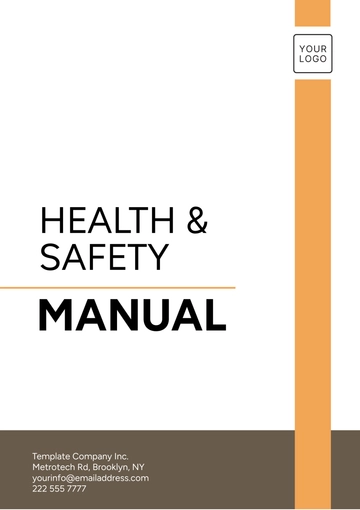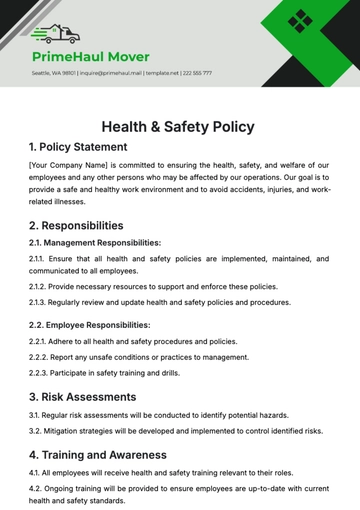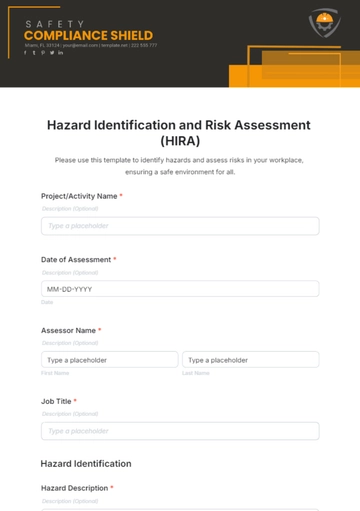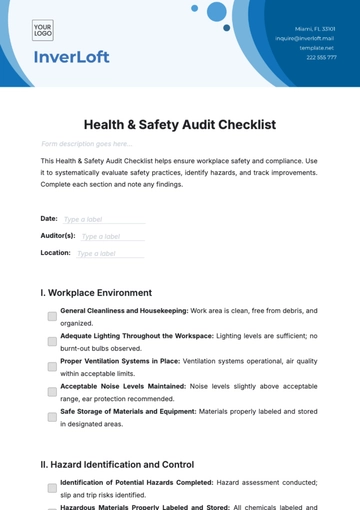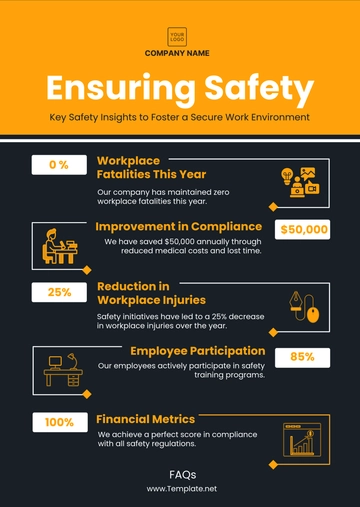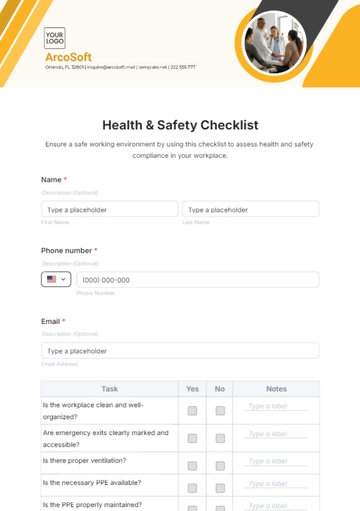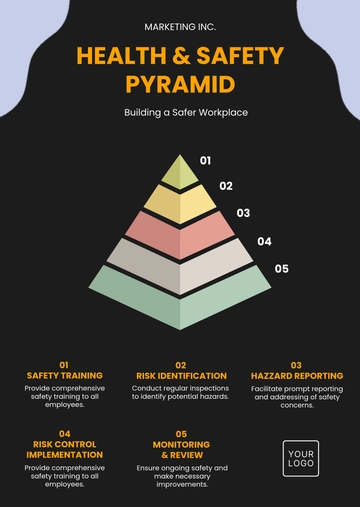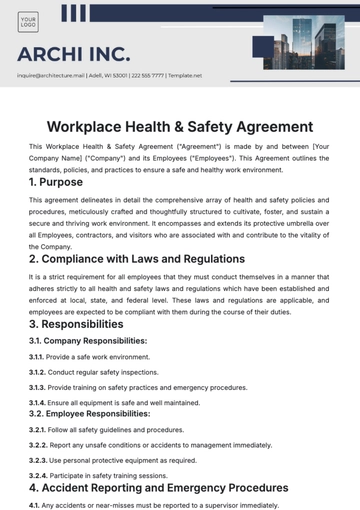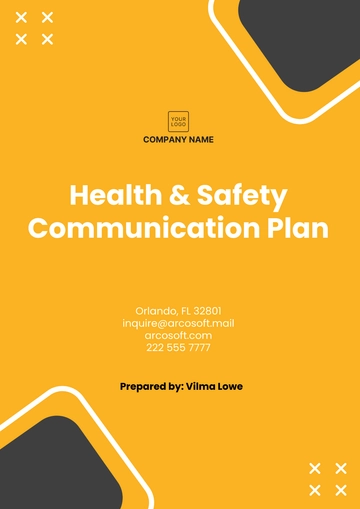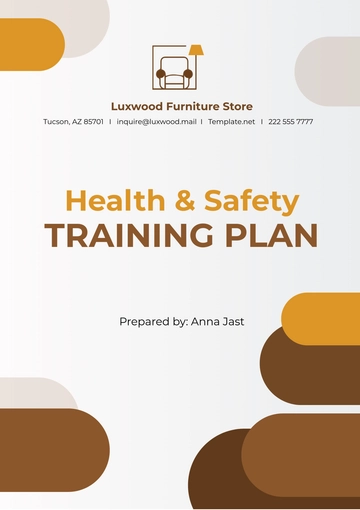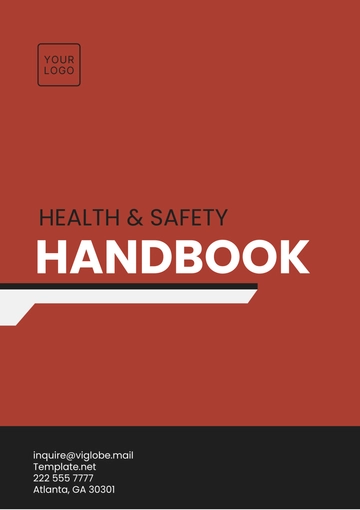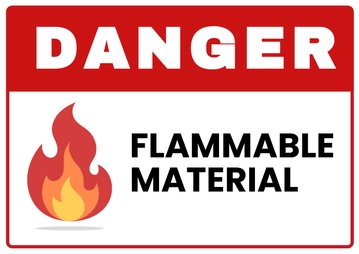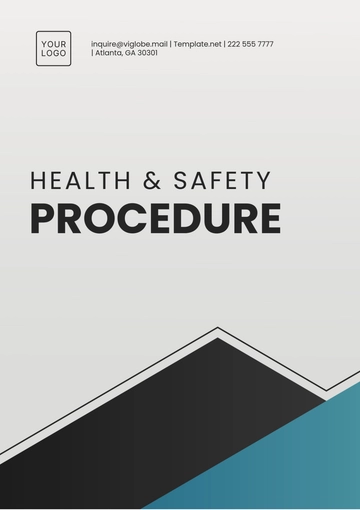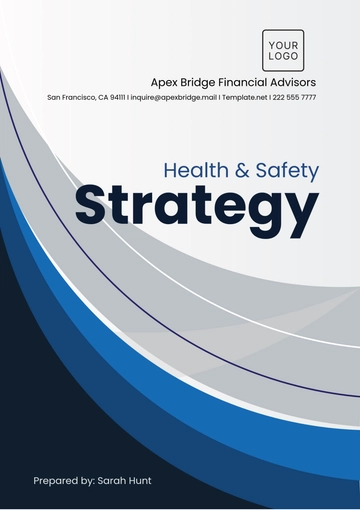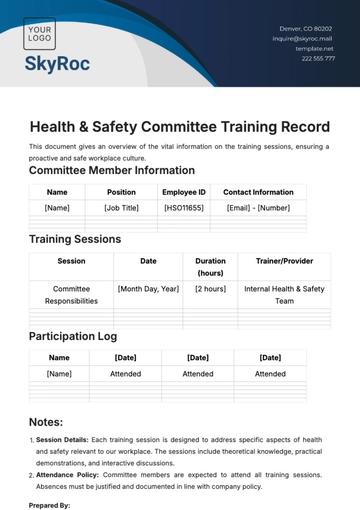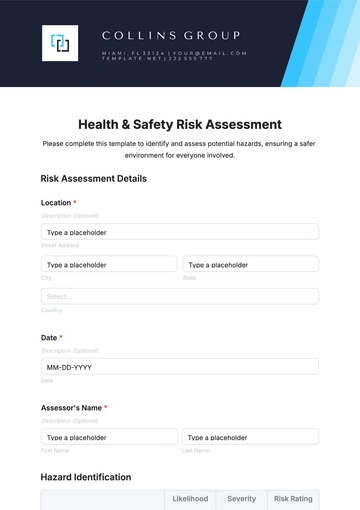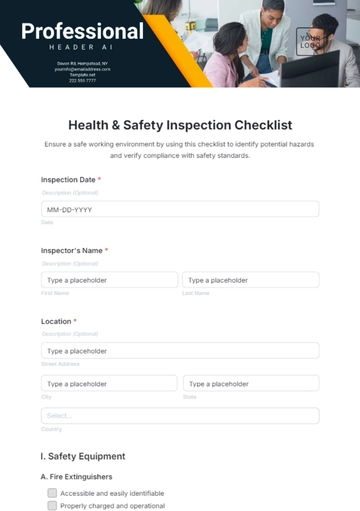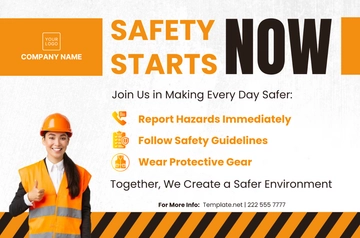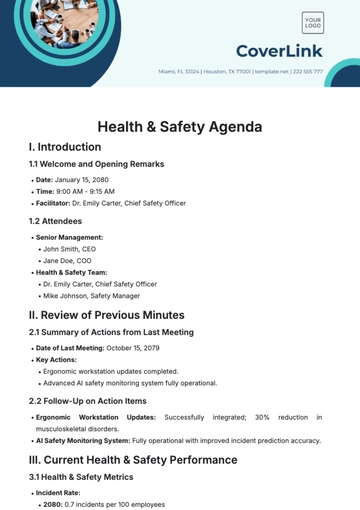Free Health & Safety Training Effectiveness Rubric
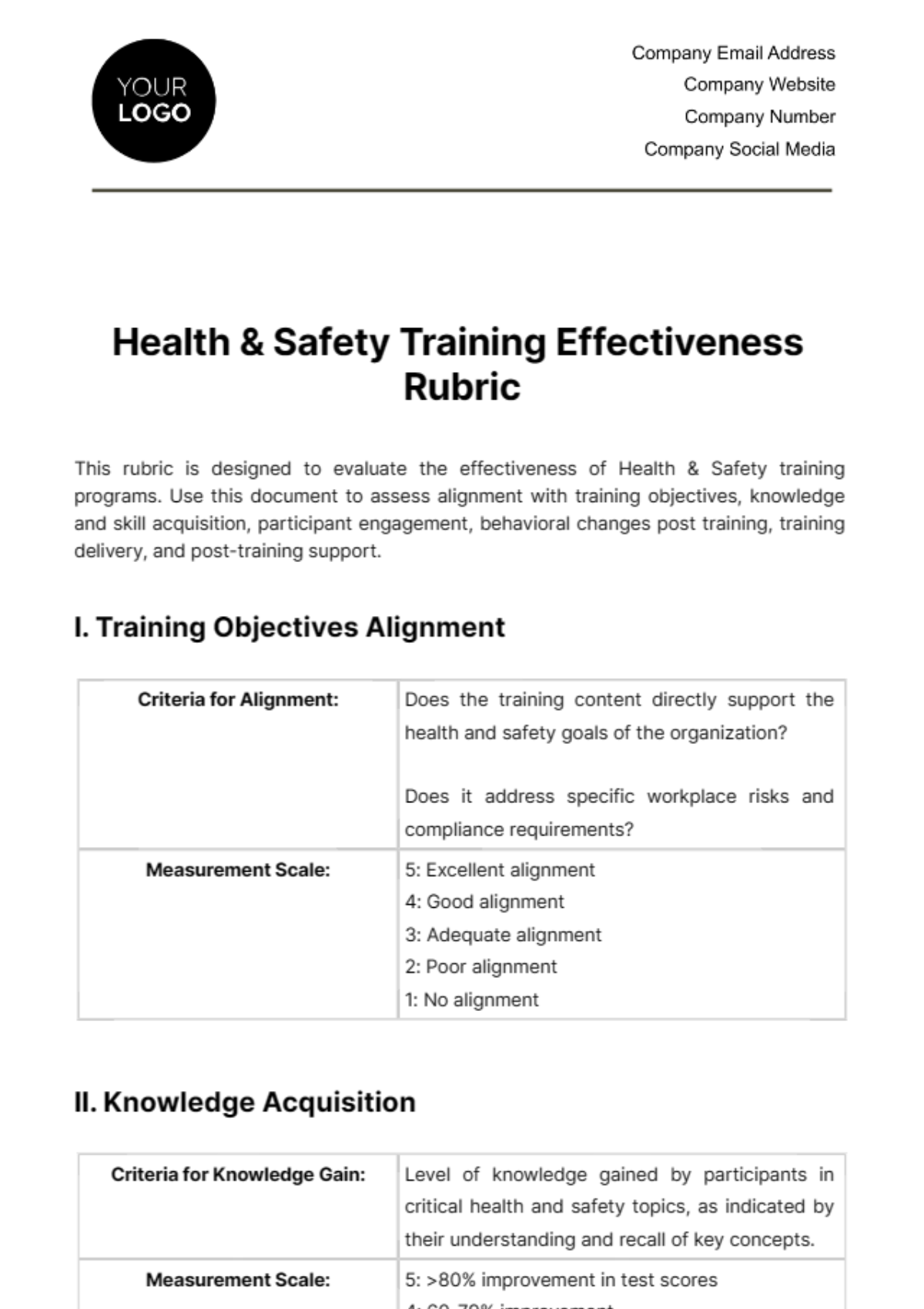
This rubric is designed to evaluate the effectiveness of Health & Safety training programs. Use this document to assess alignment with training objectives, knowledge and skill acquisition, participant engagement, behavioral changes post training, training delivery, and post-training support.
I. Training Objectives Alignment
Criteria for Alignment: | Does the training content directly support the health and safety goals of the organization? Does it address specific workplace risks and compliance requirements? |
Measurement Scale: | 5: Excellent alignment 4: Good alignment 3: Adequate alignment 2: Poor alignment 1: No alignment |
II. Knowledge Acquisition
Criteria for Knowledge Gain: | Level of knowledge gained by participants in critical health and safety topics, as indicated by their understanding and recall of key concepts. |
Measurement Scale: | 5: >80% improvement in test scores 4: 60-79% improvement 3: 40-59% improvement 2: 20-39% improvement 1: <20% improvement |
III. Skill Development
Criteria for Skill Enhancement: | The extent to which participants have developed practical, applicable skills for health and safety procedures in the workplace. |
Measurement Scale: | 5: Excellent demonstration of skills 4: Good skill application 3: Adequate skill application 2: Limited skill application 1: No skill application |
IV. Participant Engagement and Feedback
Criteria for Engagement: | Level of active participation, interest, and interaction exhibited by participants during the training. |
Feedback Assessment: | Analysis of participant feedback focusing on the training’s relevance, content delivery, and overall satisfaction. |
Measurement Scale: | 5: Highly engaged and positive feedback 4: Engaged with minor suggestions 3: Moderately engaged 2: Low engagement 1: Disengaged |
V. Behavioral Change and Application
Criteria for Behavioral Change: | Observable changes in workplace practices and behaviors that indicate the application of the training. |
Measurement Scale: | 5: Significant positive behavioral change 4: Noticeable positive change 3: Some behavioral change 2: Minimal change 1: No change |
VI Training Delivery and Facilitation
Criteria for Delivery: | Assessment of the training's delivery method, including structure, pacing, and use of teaching aids. |
Measurement Scale: | 5: Highly effective and engaging 4: Effective with minor issues 3: Adequately effective 2: Ineffective in parts 1: Completely ineffective |
VII. Post-Training Support and Resources
Criteria for Support: | Evaluation of the availability and quality of post-training support and resources, such as follow-up materials, additional learning aids, and accessibility for questions or clarifications. |
Measurement Scale: | 5: Excellent support and resources 4: Good support 3: Adequate support 2: Limited support 1: No support |
Prepared by:
[Your Name]
[Your Job Title]
[Your Company Name]
- 100% Customizable, free editor
- Access 1 Million+ Templates, photo’s & graphics
- Download or share as a template
- Click and replace photos, graphics, text, backgrounds
- Resize, crop, AI write & more
- Access advanced editor
Evaluate health and safety training with precision using Template.net's Health & Safety Training Effectiveness Rubric Template. This editable and customizable tool offers a structured framework for assessing training outcomes. Utilize our intuitive Ai Editor Tool to tailor the rubric to your organization's specific needs effortlessly, ensuring continual improvement in safety practices.
